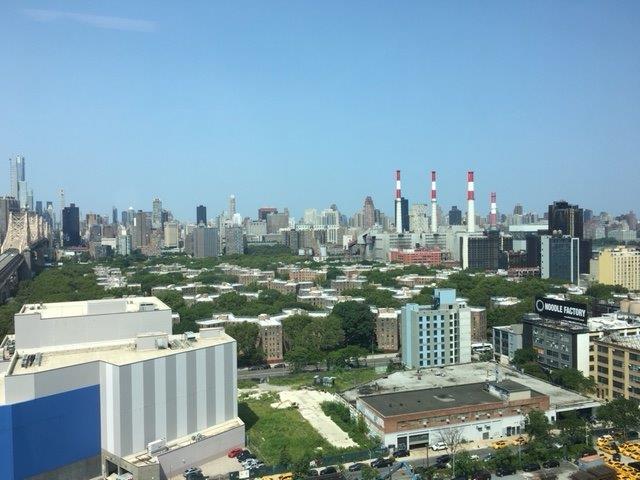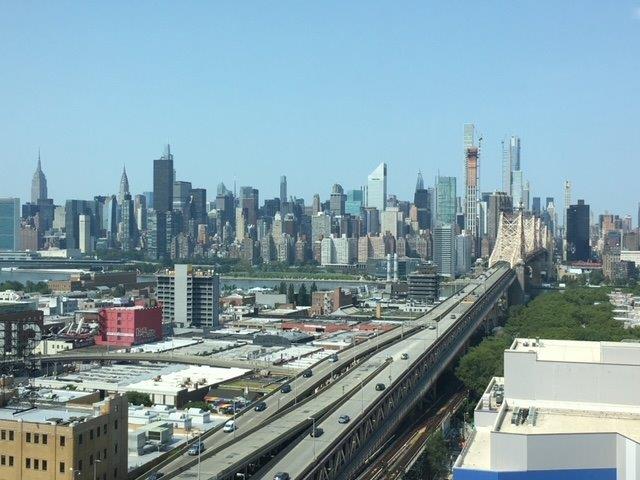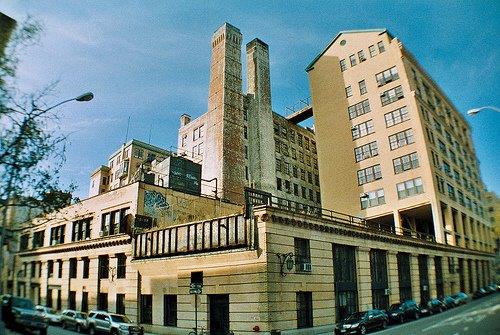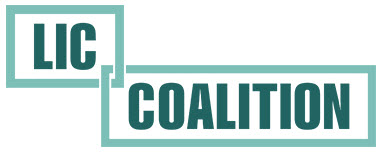LIC has become an enclave for the wealthy—a gated community of luxury high-rises segregated by race and socio-economic status—threatened by climate-driven sea-level rise, crumbling infrastructure, and a deficit of basic services. LIC is “the fastest growing neighborhood in the country,” but not for those who need housing the most. Development here (and throughout the city) has primarily served the interests of the real estate industry and the wealthy, making a mockery of “affordability,” evading dire environmental concerns, and grossly disregarding service and infrastructure needs.
Current incentives work against good planning and the community’s best interests. City- and state-level incentives (abatements, lease deals, subsidies, assignment of air rights, et al) must be weighed against clear measures of costs and benefits to the community. Those that violate community-based goals must be eliminated. Misapplied labels like “opportunity zone” or “targeted employment area” and workarounds like those that qualified Hudson Yards for EB-5 financing, are simply unacceptable. By falsely calling LIC a “blighted” neighborhood, the City has justified excessive giveaways—as proposed for Amazon—and has redirected millions of dollars in tax revenue desperately needed for infrastructure and services into the pockets of residential developers.

Current MIH methodology does not work but, rather, abets displacement. Housing that is merely “below market” remains out of reach to the millions of residents being priced out of this city. An effective policy would be provided by: eliminating the top 15% tier of wealthiest households and setting rents and purchase prices as a manageable percentage of low- and middle-class incomes.
Down zoning is another tool that would be useful to reconfigure a higher rate of MIH with a focus on a 25% lower AMI that addresses low income families as well as mid range tiers. Often higher tiers are above market rate in LIC.
We have two separate and very unequal residential communities in Long Island City. The residential development taking place South of the Queensborough Bridge does not benefit the public housing community North of the bridge. The “affordable” housing in the new developments is far too costly to serve the needs of families in Queensbridge, Ravenswood and Astoria Houses. Furthermore, it exacerbates the racial and economic segregation with private shuttle services, private gyms, and private community rooms.


In considering new residential development MIH and AMI must address deeply affordable housing with priority given to LIC residents, artists, seniors, local public housing residents, and long standing community members in Hunter’s Point who’s housing is threatened by development. Housing planning must be based on the fact that median annual household income of Queens County is $59,000. Furthermore, we want accountability in the assignment and disposition of affordable units from members appointed from the community.
Affordable condos and coops must also be a prioritized portion of future development, not a single focus on MIH. Ownership is a vital component to growing solid communities that are invested in neighborhood values and solid economic growth. We must encourage residents to remain in the neighborhood. Affordable condos and coops are assets to the community and create true stakeholders and security for those who want to lay down roots.
In addition we need housing for the homeless. Successful alternate programs that address homelessness should be explored and adopted such as the unique and viable Salt Lake City experiment: https://www.motherjones.com/politics/2015/02/housing-first-solution-to-homelessness-utah/
Subsidized housing such as Manhattan Plaza and live/work spaces such as Westbeth would also serve artists who are being pushed out by development.

